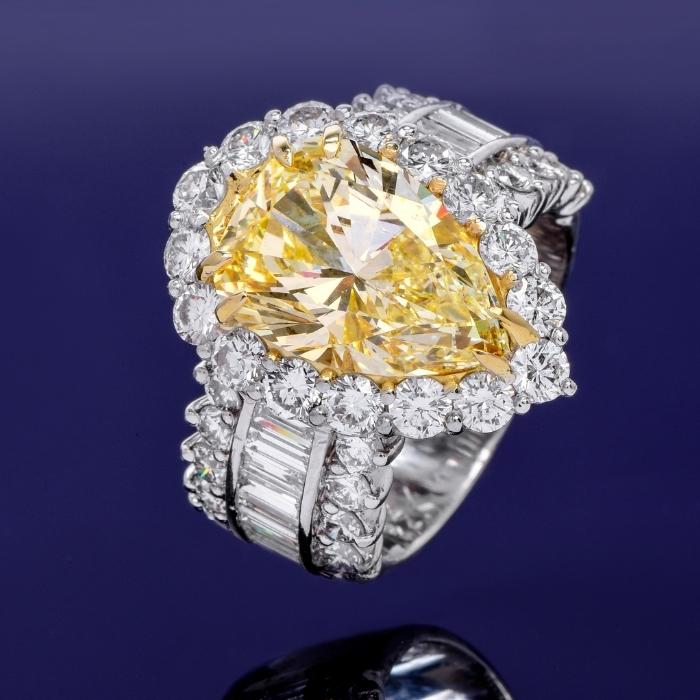
What do you really know about Diamond Grading?
Color vs. carat weight – What’s the best choice for you?
If you are in the market for a quality diamond, for your diamond engagement ring, there are several points to consider. What is most important to you? Are you looking for the purest white diamond you can afford – or is its diamond carat weight your most important consideration?
Unless you have an unlimited budget, you may want to think about your options. Some buyers look for the highest color grade whilst others are content with a larger stone of a slightly lower color grade.
A good starting point is your budget. If you know how much you want to spend, you can work your options from there.
Firstly, how is a diamond graded and priced for color?
It is the absence of color that distinguishes the purest of white diamonds. The less color there is in the stone, the rarer it is. This is not to be confused with “fancy” colored diamonds which can come in a variety of shades; these are considered different and are graded on a separate scale. However, in a white diamond, the presence of a yellow tint lowers its value and the less body color it has, the greater its market price.
Diamonds develop with an inherent color which is part of their natural composition. This is caused by the trace elements present when the diamond is forming underneath the earth, and it is extremely rare to find one that is completely “white.” For a diamond to give its characteristic brilliance, which is called dispersion or “fire,” it needs to be virtually color free so that more light passes through it. Light passing through a diamond is divided into a spectrum of color, like a prism, so a diamond with the lowest level of color, allowing maximum possible light penetration, will emit a more colorful “fire.”
The Gemological Institute of America (GIA) has developed an international industry standard for color which goes from D, the highest quality and virtually colorless, to Z, which is likely to have brown tones and is not even offered by most retailers.
- D: Totally colorless. The highest possible grade. Very rare and expensive.
- E. Considered colorless but has traces of color which can be detected by an expert. A high- quality diamond.
- F: Still considered colorless, but an expert can detect color traces. A high-quality diamond, nevertheless.
- G-H-I-J: Nearly colorless and still excellent value.
- K-L-M: Faintly tinted, usually yellow.
- N-O-P-Q-R: Lightly tinted in progressively darker tones of yellow. Color can be seen with the naked eye.
- S-T-U-V-W-X-Y-Z: Tinted, usually yellow, may progress to brownish. Visible to the naked eye.
You can see that a F-graded stone is still considered colorless and will not look yellow to the naked eye. Even G, H, I & J graded stones are nearly colorless, and they also represent an excellent value.
If a high-quality 2-3 carat weight diamond is your number one preference, you will find that a trade-off in terms of color grade may be necessary to keep it within your budget.
As an example, here is a high-quality 3.15 total carat weight diamond engagement ring currently in Dover’s collection. The center stone is 2.13-carat, G Color, which makes it a great value. It is virtually colorless and will not show any yellow to the naked eye.
As a comparison, a 2-carat diamond of VWS1 clarity, graded D for color can cost upwards of around $70,000 for the stone itself, not including its setting, collectible value or designer label.
Here is a 3.41-carat emerald cut diamond ring, also an excellent value for a diamond of this size – and color graded H-I (nearly colorless).
To put its value in perspective, a 3-carat flawless, D-graded diamond can cost you $100,000 or more.
Look for similar values in Dover’s superb collection of antique, vintage and contemporary jewelry. We carry many pieces at different price points to suit your particular preferences.


